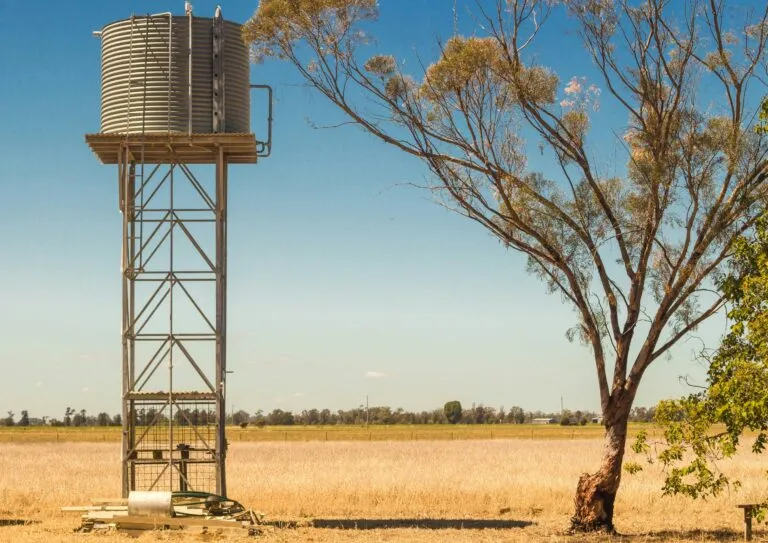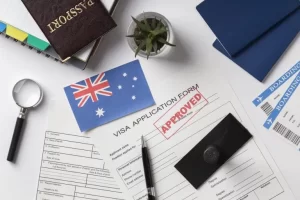As regional economies in Australia thrive, the demand for skilled workers often surpasses local availability. For employers seeking to bridge this gap by sponsoring international talent, understanding the intricacies of Australian migration law is paramount. Here’s a comprehensive 10-point checklist tailored specifically to help you get started navigating your employer-sponsored visa journey.
- Find your candidate: It’s no secret that the talent pool in Australia is shallow, and this is even truer for regional locations. Apprenticeship rates have been lagging for years. According to the National Centre for Vocational Education, those who actually undertake an apprenticeship, a sizable 16.1% drop out before completion, limiting the number of new entrants to trade professions. By accessing a global talent pool, a business can quickly boost its skills and headcount. Want to know more about how to do this? Read our guide: How to Access the Global Talent Pool.
- Engage a Registered Migration Agent: Partnering with a registered migration agent specializing in employer-sponsored migration is crucial. Build that relationship early on in the process to save you time and money later on. In fact, don’t enter the next stages without the guidance and advice of an experienced registered migration agent.
- Demonstrate Genuine Need: Under Australian migration law, employers must demonstrate a genuine need for sponsoring a foreign worker. This involves proving that efforts to fill the position locally have been unsuccessful.
- Check Eligible Occupations: The Australian government maintains a list of eligible skilled occupations, known as the Medium and Long-term Strategic Skills List (MLTSSL). Ensure that the occupation you’re seeking to fill is included on this list.
- Select the Right Visa: Depending on the circumstances, employers may opt for various visa subclasses, such as the Temporary Skill Shortage (TSS) visa (subclass 482) or the Regional Sponsored Migration Scheme (RSMS) visa (subclass 494). Each visa has specific requirements and implications for both the employer and the employee. Additionally, employers may consider the Employer Nomination Scheme (ENS) visa (subclass 186), which offers a direct pathway to permanent residency for skilled workers nominated by their employer. It’s crucial, as an employer, to understand the requirements and implications each of these visas may have on your business.
- Assess Sponsorship Eligibility: Before applying for sponsorship, ensure that your business meets the eligibility criteria set by the Department of Home Affairs. This includes factors such as financial viability, compliance with relevant laws, and a commitment to training local workers.
- Apply for Sponsorship: Once eligibility is confirmed, proceed to apply for Standard Business Sponsorship (SBS). This involves submitting an online application and providing evidence to support your business’s legitimacy and need for sponsoring overseas workers.
- Nominate the Occupation: After obtaining SBS approval, nominate the specific occupation and the corresponding visa subclass for the sponsored employee. Provide detailed information about the role, its relevance to your business, and the qualifications required.
- Complete the Visa Application: With sponsorship and nomination approved, the sponsored employee can proceed to lodge their visa application. This involves completing the relevant forms, undergoing health and character assessments, and providing supporting documentation. You may find the process more streamlined if the same migration agent is processing the company nomination and visa application.
- Prepare for Onboarding: As your sponsored employee prepares to embark on their journey to Australia, it’s essential to facilitate a smooth transition and integration process. Offer support and guidance to help them adjust to their new environment and role, ensuring a positive start to their career with your organisation.
If you want a more comprehensive checklist we’ve created The Ultimate Regional Employers Checklist for Hiring Internationally. This paves the way for successful sponsorships and fostering a diverse and dynamic workforce.








